Best Scuba Diving in Australia
The Great Barrier Reef is undoubtedly one of the most iconic scuba diving destinations in the world. Stretching over 2,300 kilometers along the northeastern coast of Australia, it boasts an unparalleled biodiversity and stunning coral formations. Divers can explore a multitude of dive sites, encountering vibrant fish, turtles, and even the majestic whale sharks.
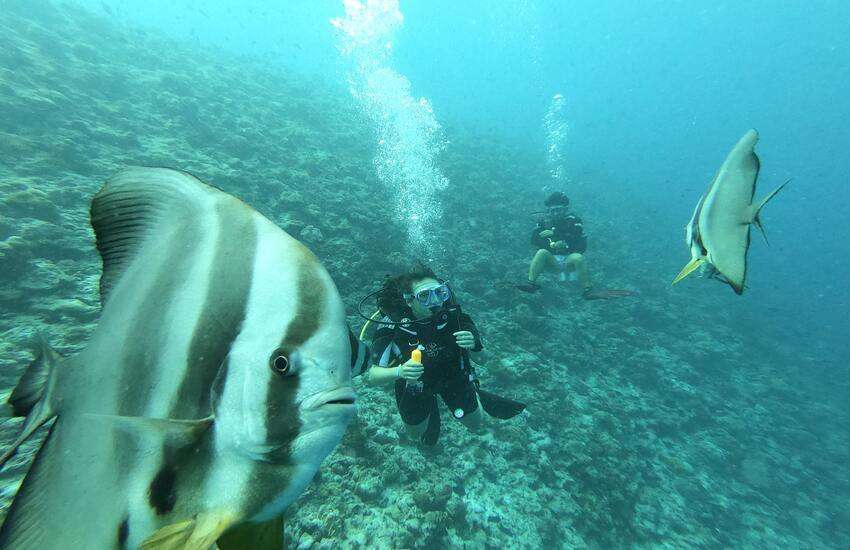
Best Scuba Diving in Maldives
The Maldives, a tropical paradise in the Indian Ocean, offers a scuba diving experience like no other. Its crystal-clear waters provide excellent visibility, allowing divers to marvel at the colorful coral gardens and an abundance of marine life. From encounters with graceful manta rays to swimming alongside gentle whale sharks, the Maldives is a true haven for underwater enthusiasts.
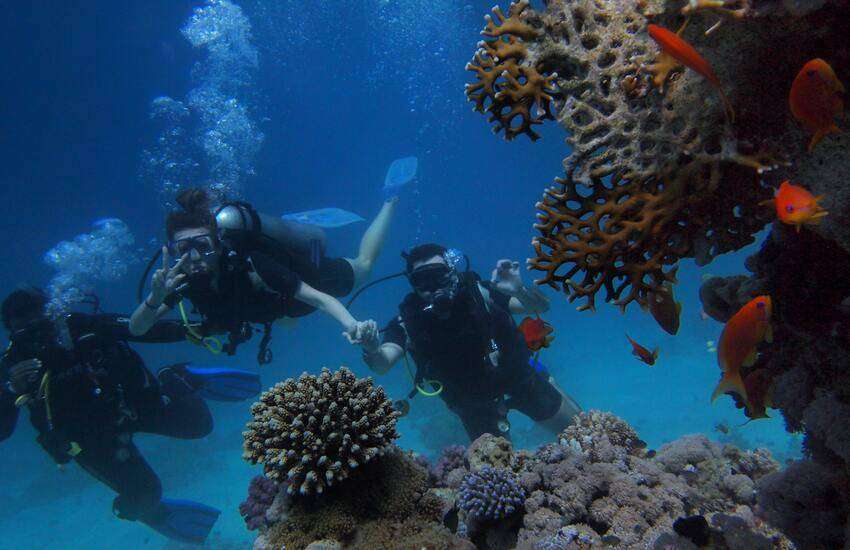
Best Scuba Diving in Palau
Palau, located in the western Pacific Ocean, is renowned for its pristine waters and diverse marine ecosystem. Divers can explore an array of underwater wonders, including stunning coral gardens, intricate caverns, and World War II wrecks. Palau’s Blue Corner is a must-visit site, known for its strong currents and the opportunity to witness large pelagic species such as sharks and rays.
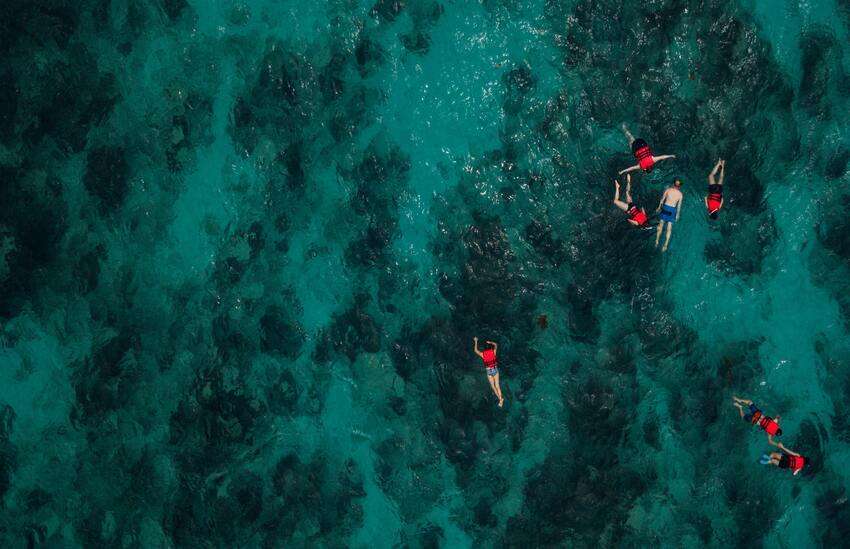
Best Scuba Diving in Galapagos Islands
The Galapagos Islands, famous for their unique wildlife and Charles Darwin’s evolutionary studies, also offer an extraordinary scuba diving experience. Divers can encounter marine creatures found nowhere else on Earth, such as marine iguanas and Galapagos penguins. The underwater landscapes are equally mesmerizing, with volcanic formations and nutrient-rich waters attracting large schools of hammerhead sharks and majestic sea turtles.
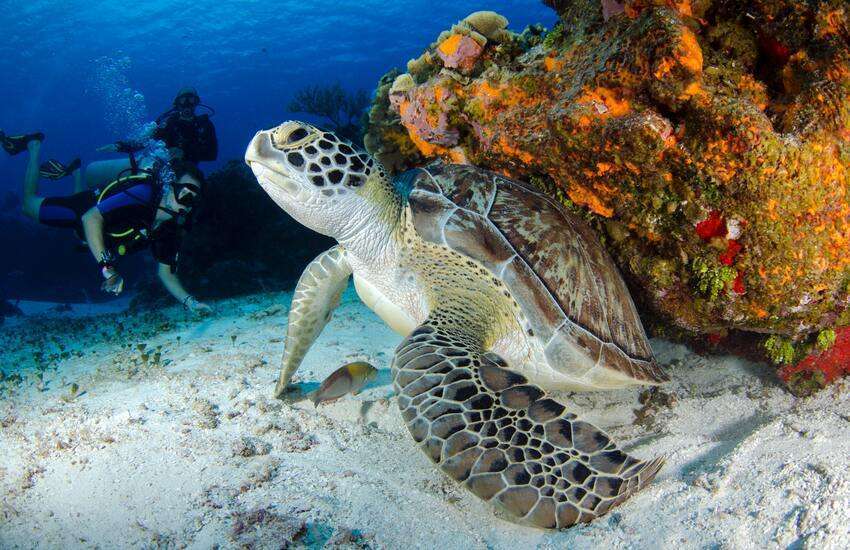
Best Scuba Diving in Red Sea, Egypt
The Red Sea, bordered by Egypt and other countries, is a scuba diving paradise brimming with vibrant coral reefs and an abundance of marine life. Its warm waters provide excellent visibility, allowing divers to witness the enchanting beauty of the underwater world. From the famous wrecks of the SS Thistlegorm and the SS Dunraven to the stunning coral gardens of Ras Mohammed National Park, the Red Sea offers diverse diving experiences for all skill levels.
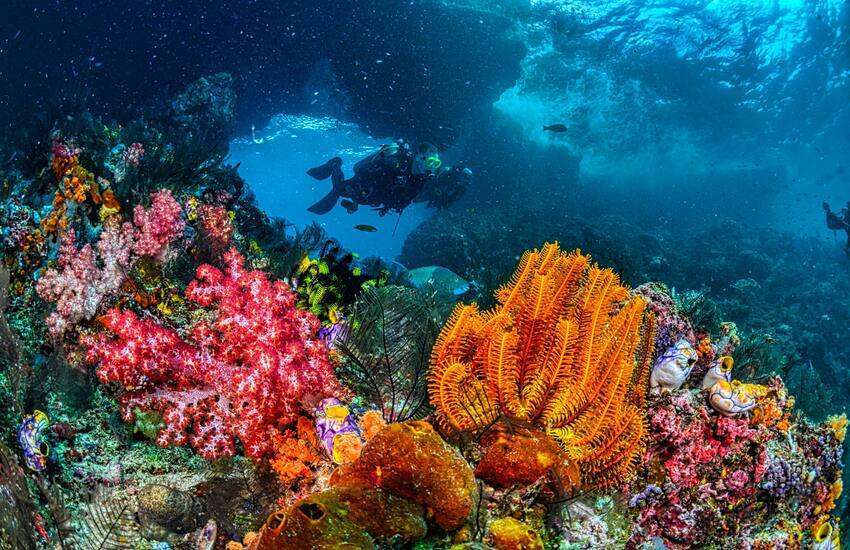
Best Scuba Diving in Mexico
Mexico’s Yucatan Peninsula is home to an extraordinary natural phenomenon called cenotes. These freshwater sinkholes, formed by the collapse of limestone bedrock, provide a unique and mystical diving experience. Divers can explore the crystal-clear waters of these underground caverns, adorned with stalactites and stalagmites. The cenotes offer a serene and surreal environment, allowing divers to immerse themselves in a hidden world of beauty and tranquility.
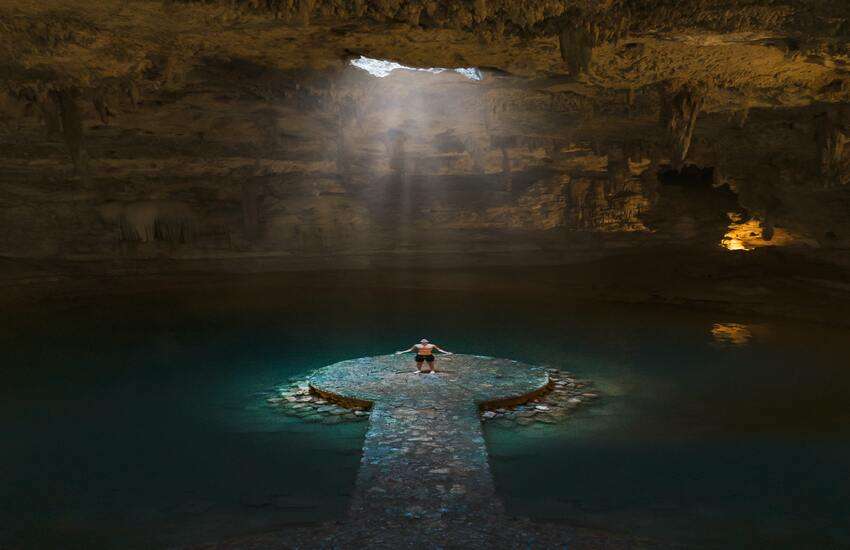
Raja Ampat, Indonesia
Raja Ampat, located in the heart of the Coral Triangle, is a remote and pristine archipelago that boasts the highest recorded marine biodiversity on Earth. Its vibrant coral reefs are teeming with an incredible array of marine life, including colorful reef fish, turtles, and even rare species like the walking shark. Raja Ampat’s underwater landscapes are a sight to behold, with dramatic drop-offs, pinnacles, and picturesque islands adding to the allure of this diving paradise.
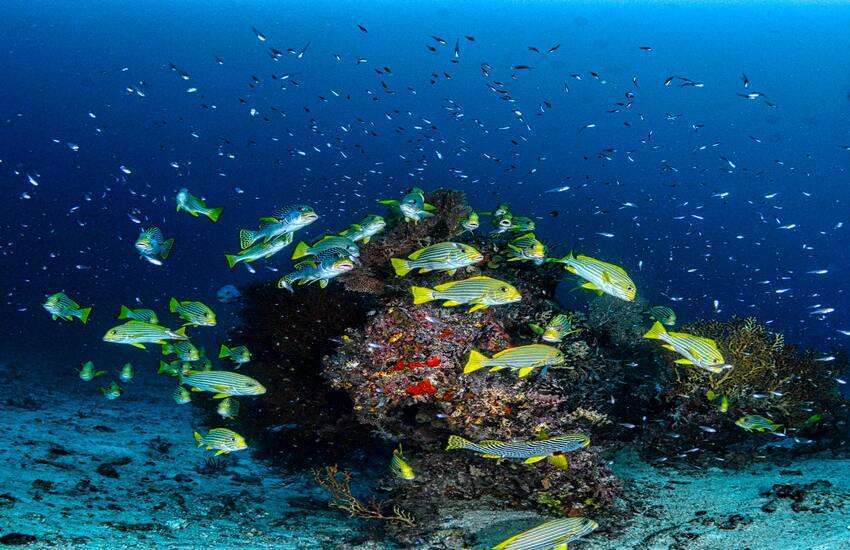
Socorro Island, Mexico
Socorro Island, part of the Revillagigedo Archipelago in Mexico, is a remote and volcanic island renowned for its encounters with large pelagic species. Divers have the opportunity to swim alongside magnificent manta rays, schooling hammerhead sharks, and even the elusive whale sharks. The remote location and the thrilling encounters with marine giants make Socorro Island a bucket-list destination for avid scuba divers.

Sipadan, Malaysia
Sipadan Island, located off the east coast of Malaysian Borneo, is a haven for divers seeking encounters with an abundance of marine life. The island’s pristine coral reefs drop off into the deep blue abyss, attracting a vast array of sea turtles, reef sharks, and barracudas. Sipadan’s famous Barracuda Point is a must-visit, where divers can witness a tornado-like formation of barracudas, creating an awe-inspiring spectacle.
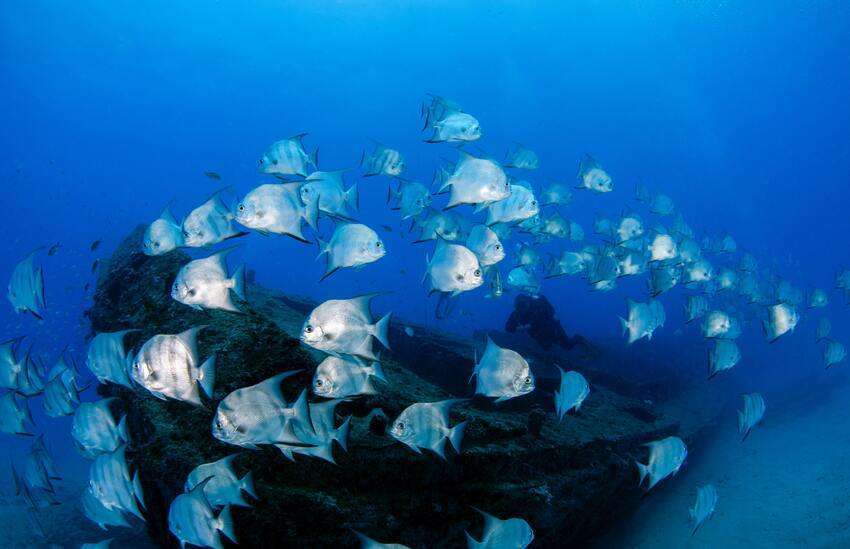
Silfra, Iceland
Silfra is a unique diving destination situated in Thingvellir National Park in Iceland. What sets Silfra apart is the opportunity to dive between the North American and Eurasian tectonic plates, which are drifting apart. Divers can explore the crystal-clear glacial waters and navigate through the stunning underwater rock formations. The visibility in Silfra is unparalleled, offering a surreal experience and the chance to witness the geological wonders of Iceland.
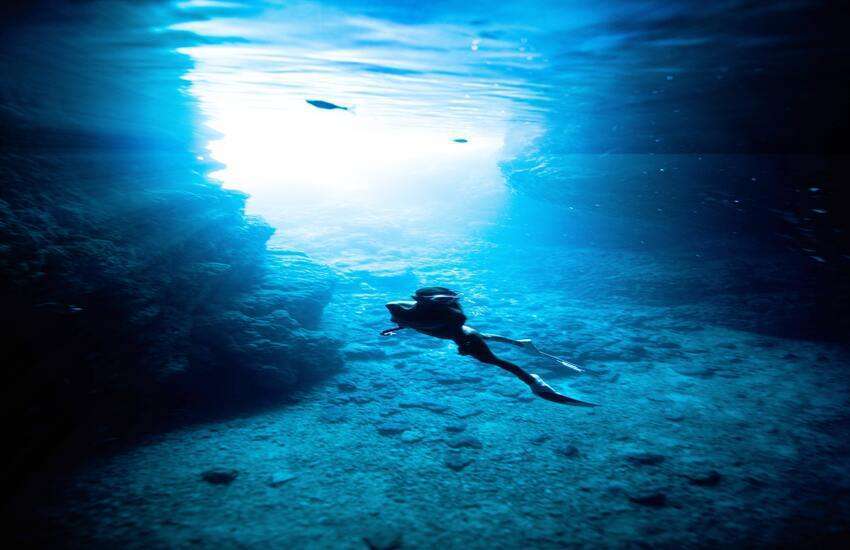
Conclusion
Scuba diving opens the door to a world of breathtaking beauty and unforgettable adventures. The top 10 best scuba diving destinations we’ve explored in this article offer divers the opportunity to immerse themselves in vibrant coral reefs, encounter majestic marine creatures, and explore unique underwater landscapes. Whether you’re a seasoned diver or just starting your underwater journey, these destinations will leave you in awe of the wonders that lie beneath the surface.
FAQs
Q1. What is the best time of year for scuba diving?
The best time for scuba diving varies depending on the destination. It’s essential to research the specific location and understand its seasonal patterns. Generally, it’s advisable to visit during the dry season when water conditions are favorable and marine life is abundant.
Q2. Do I need to be certified to go scuba diving?
Yes, scuba diving requires certification. It’s important to complete a certified diving course to ensure your safety and the safety of the marine environment. There are various certification agencies, such as PADI and SSI, that offer internationally recognized diving certifications.
Q3. What equipment do I need for scuba diving?
Basic scuba diving equipment includes a mask, fins, snorkel, regulator, buoyancy control device (BCD), dive computer, and a wetsuit or drysuit, depending on the water temperature. It’s crucial to have well-maintained and properly fitting equipment for a safe and enjoyable diving experience.
Q4. Can anyone go scuba diving, or are there any age restrictions?
While scuba diving is accessible to people of various ages, there are age restrictions for certain certifications and dive sites. For example, the minimum age for a basic Open Water Diver certification is typically 10 to 12 years old, depending on the certification agency. Some dive sites may also have age restrictions for safety reasons.
Q5. How can I ensure the preservation of marine life while scuba diving?
To help preserve marine life, it’s important to follow responsible diving practices, such as maintaining good buoyancy control, avoiding touching or disturbing marine organisms, and never feeding or chasing marine animals. It’s also essential to choose dive operators that prioritize environmental sustainability and adhere to conservation guidelines.
Leave a Reply